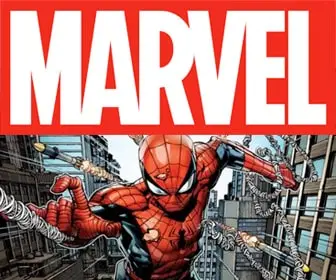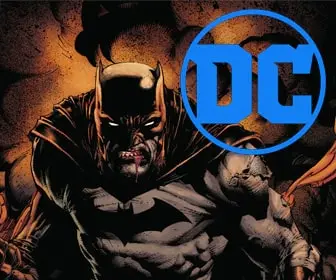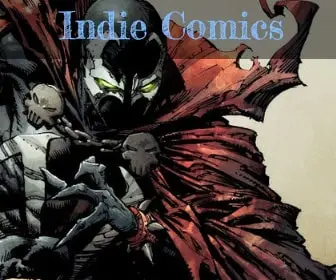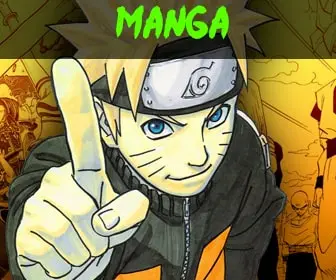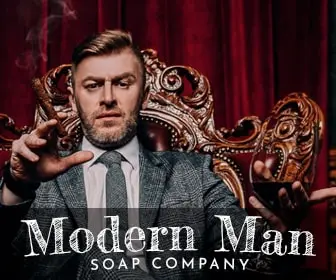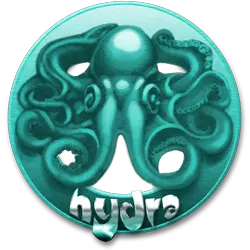
The Chilling History of Horror Comics
The Horror Genre in Comic Books
Horror comic books have been scaring readers for decades. They tell terrifying stories about monsters, ghosts, and things that go bump in the night. Many horror comics mix fear with suspense, mystery, and sometimes even humor. These comics have gone through many changes over the years, from terrifying tales in the 1950s to modern horror stories that explore new ideas and fears.
The Early Days of Horror Comics
Horror stories have been around for centuries. Ghost stories, scary folklore, and Gothic novels helped shape what would later become horror comics. During the Golden Age of Comics (1938–1956), superhero comics ruled the market, but horror stories began to creep into comic books as well.
In the 1940s, publishers started experimenting with horror themes. Supernatural elements appeared in adventure and detective comics. Some of the earliest horror comics included “Adventures into the Unknown” (1948) and “Eerie” (1947). These comics told eerie stories about haunted houses, werewolves, and vampires. Readers loved the spine-chilling tales, and soon, horror comics grew in popularity.
The Rise of EC Comics and the Horror Boom
In the early 1950s, EC Comics became the leader in horror comics. They introduced some of the most famous horror titles, including:
- “Tales from the Crypt”
- “The Vault of Horror”
- “The Haunt of Fear”
These comics featured gruesome stories, shocking twists, and creepy hosts like the Crypt-Keeper, the Vault-Keeper, and the Old Witch. Each issue contained several short horror stories, often ending with a dark or ironic twist. The stories focused on supernatural creatures, mad scientists, and terrifying revenge tales.
Readers loved these horror comics, and sales skyrocketed. EC Comics became known for their detailed artwork and thrilling storytelling. Artists like Bernard Krigstein, Jack Davis, and Graham Ingels created disturbing and memorable illustrations that added to the terrifying mood.
The Comics Code and the Fall of Horror Comics
Not everyone liked horror comics. Parents, teachers, and politicians worried that the violent and scary stories might corrupt young readers. In 1954, psychologist Dr. Fredric Wertham published a book called Seduction of the Innocent, which blamed comic books for bad behavior in children.
This led to government hearings about comic books and their influence on kids. Under pressure, comic book publishers created the Comics Code Authority (CCA), a set of strict rules that banned graphic violence, horror themes, and supernatural elements.
The Comics Code forced horror comics to change or disappear. EC Comics tried to continue with less violent stories, but sales dropped, and they eventually stopped publishing horror titles. For years, horror comics struggled under these restrictions, and the genre nearly vanished from comic book stores.
The Horror Revival in the 1970s
By the late 1960s and early 1970s, comic book publishers found ways to bring horror back. The Comics Code Authority loosened its rules, allowing monsters and supernatural elements to return to comics. Publishers quickly introduced new horror titles.
Marvel Comics led the charge with:
- “Tomb of Dracula” – Featuring the legendary vampire Count Dracula.
- “Werewolf by Night” – Following the adventures of a man cursed to become a werewolf.
- “Ghost Rider” – Starring a motorcycle-riding hero with a flaming skull.
These comics mixed horror with action and drama. Readers loved the return of monsters, and horror comics slowly became popular again. DC Comics also joined the revival with series like “House of Mystery” and “Swamp Thing”, written by horror masters like Len Wein and later Alan Moore.
During this time, “The Quest for the Time Bird” was also published, blending horror and fantasy. This French comic followed an eerie and dark quest full of magic, curses, and terrifying creatures. It became a cult favorite among fans of horror and fantasy comics.
The 1980s and the Rise of Mature Horror Comics
In the 1980s, comic books grew darker and more mature. Writers and artists pushed the boundaries of horror, telling scarier and more intense stories. Comics like “Swamp Thing”, written by Alan Moore, brought deep storytelling and psychological horror to the genre.
DC Comics launched “Vertigo Comics” in the late 1980s, a publishing line focused on horror, fantasy, and mature themes. Some of their most famous horror titles included:
- “Hellblazer” – Following the dark adventures of John Constantine, a demon hunter.
- “The Sandman” – A mix of horror and mythology, written by Neil Gaiman.
- “Animal Man” – A superhero story that used horror elements in unexpected ways.
These comics proved that horror could be more than just monsters and ghosts. Writers explored psychological terror, dark fantasy, and real-world fears, making horror comics more thought-provoking than ever.
Modern Horror Comics: A New Golden Age?
Today, horror comics are stronger than ever. Many independent publishers, like Image Comics, Boom! Studios, and Dark Horse Comics, focus on horror stories. Some of the most popular modern horror comics include:
- “The Walking Dead” – A zombie survival story that became a worldwide hit.
- “Locke & Key” – A supernatural horror story about a haunted house and magical keys.
- “Wytches” – A terrifying take on witches, written by Scott Snyder.
- “Harrow County” – A Southern Gothic horror tale about ghosts and curses.
Modern horror comics are no longer restricted by censorship. Writers and artists can tell scary, violent, and emotional stories without fear of rules like the Comics Code. Many horror comics now explore deeper fears, such as isolation, loss, and psychological terror.
Why Horror Comics Are Still Popular
Horror comics have survived for so long because fear is universal. Readers love feeling suspense, tension, and surprise. Unlike movies, comics let the reader control the pacing. You can pause at a terrifying panel, re-read a shocking twist, or take in the eerie details of the artwork.
The best horror comics create memorable characters and chilling atmospheres. Whether it’s the classic monsters of the 1970s, the dark fantasies of the 1980s, or the brutal realism of modern horror, the genre continues to evolve.
Denouement
Horror comics have had a long and exciting history. From the gruesome tales of EC Comics to the supernatural heroes of the 1970s and the mature horror of today, the genre has constantly changed and adapted. Even though horror comics faced censorship and controversy, they never disappeared.
Now, horror comics are more popular than ever, offering a thrilling mix of classic scares and modern storytelling. Whether you love vampires, zombies, psychological horror, or dark fantasy, there’s a horror comic out there for you. So turn off the lights, open a horror comic, and prepare to be scared!









